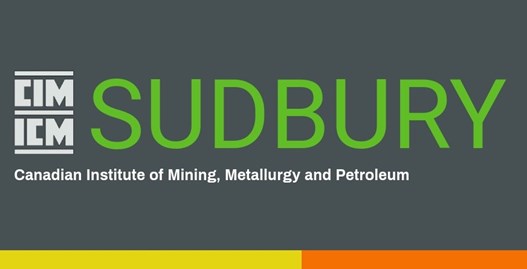

2023-2024 Season CIM Distinguished Lecturer - Gary Poxleitner
Topic: Cut-Off Grade – The Impact of Getting it Right
Location: Dynamic Earth, Sudbury
Time: April 18th, Thursday, 2024. Registration Starts 5:30pm. Presentation Starts 6:00pm

Distinguished Lecturer - Gary Poxleitner
BIO
Gary Poxleitner has been involved in the mining industry for over 30 years since graduating from the Mining Engineering program at Laurentian University in 1991. He has worked in operations, engineering, and capital projects at numerous mines globally and in multiple commodities, including diamonds at Kimberley Mine in South Africa, zinc and copper at Myra Falls on Vancouver Island, gold at Giant Mine in the Northwest Territories and multiple base metal mines within the Sudbury Basin.
During his 11 years of consulting, he has been involved in hundreds of projects, in every continent in over 50 countries, with a focus in areas of due diligence, operational improvement, cost estimation and mine design. His primary interest is in increasing value in the industry through cut off grade determination and optimization, mine innovation, mine cost estimation and economical evaluation, balancing economies with a sensitivity to the environmental impact.
Gary Poxleitner has served as a Board Member of SRK, Membership Chair on the CIM Sudbury Branch Executive, Chair of the CIM Underground Mining Society, Vice-Chair of Camiro and on CIM National Council.
ABSTRACT
Cut-off grade (COG) or Cut-Off Value (COV), is a standard, industry-accepted method used to determine which part of a mineral deposit to include in a Mineral Resource or a Mineral Reserve estimate, or potentially in an operation’s Life of Mine plan (LOM). It is the minimum grade (or value) at which mineralized material can be economically mined or processed.
Selecting the correct COG is essential. It affects the mine plan, cash flow, mine cost, sustainability and profitability of the operation. However, the work required to generate the optimum COG is often not given the requisite attention and diligence.
The widely adopted method to calculate the COG is a break-even methodology. This approach accepts mining material which will generate revenue from the sale of the finished product that is equal to the cost of certain modifying factors, such as mining, processing, G&A, and ESG among others. The pitfall here is that the method does not clearly outline what specific modifying factors to apply. The decision is often left to the judgement or personal opinion of mine professionals. Therefore, depending on the inclusion of certain factors, there is a wide implication on the future and the profitability of the mine.
In determining which common modifying factors are used in the industry, a survey of approximately 100 global mines and projects were accessed. We found much common ground although there were items where opinions varied widely.
This lecture presents common modifying factors used in the industry, a case study demonstrating the impact on value of various modifying factors used on a deposit and provides guidance on which factors should be applied at your mine.
Photography Disclaimer: CIM Sudbury Branch reserves the right to photograph its events, and from time to time we use these photos in our publications. By registering for any of our events, you understand and acknowledge that your photograph may be taken and used, at CIM Sudbury Branch discretion.
